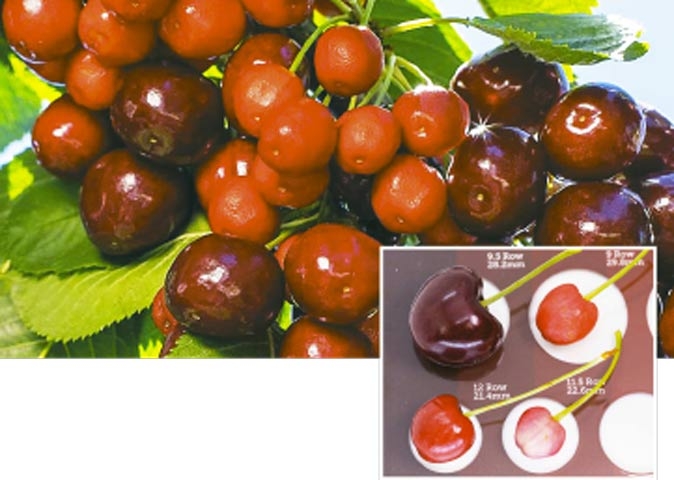Below is an article from Northwest Cherry Growers, Yakima, WA about a virus of another kind—one that potentially can have a huge impact on cherry production.
“Growing sweet cherries was already one of the riskiest ventures a farmer could undertake.
Mother Nature is unforgiving, and production of large, quality fruit requires an incredible amount of time, labour and orchard management.
And then came a group of viruses collectively known as Little Cherry Disease. We know now that the three viruses have been around for years in different regions under different names.
They destroyed the thriving British Columbia industry in the 1930s, literally decimating the industry in 30 years and forcing every packing line to close.
The same group of plant pathogenic phytoplasma caused a significant reduction in the California cherry industry in the 1980s and 1990s.
Unfortunately, scientists have shown that while these viruses all cause the same result—small and under-developed fruit—there are several different vectors that cause their spread. And each vector may have a number of different native hosts as well, which makes controlling them in a natural environment all the more difficult.
As with immunizations in people, total group participation is key to developing a resistance.
A multi-state task force has been convened to develop a series of controlling procedures in order for the Northwest industry to get ahead of the growing challenges.
Even if they’re successful in stopping the spread, it amounts to significant cost increases for growers.
While the growing season for sweet cherries is relatively narrow, the period of possible infection is fairly wide, resulting in a consistent spray regimen stretching into late autumn, or several months past when growers would be able to reduce their labour force and input costs into their orchards.
This surge in growing costs adds to an already challenging increase in labour and input costs, and spells disaster for many small growers.
Fortunately there is hope on the horizon. The Northwest industry has taken the lessons of the past and are actively searching their orchards during the narrow window for symptoms—essentially the few weeks when cherries should get bigger but don't—and are removing trees, blocks of trees and entire orchards.
We are hopeful that these efforts will slow the spread of the disease while a task force of industry veteran scientists work on a cure.
In the meantime, the most precious and riskiest of all orchard crops will continue to be just that.”
See this article in Tree Fruit April 2020




















